Rank Species | Genus Potentilla Higher classification Cinquefoil | |
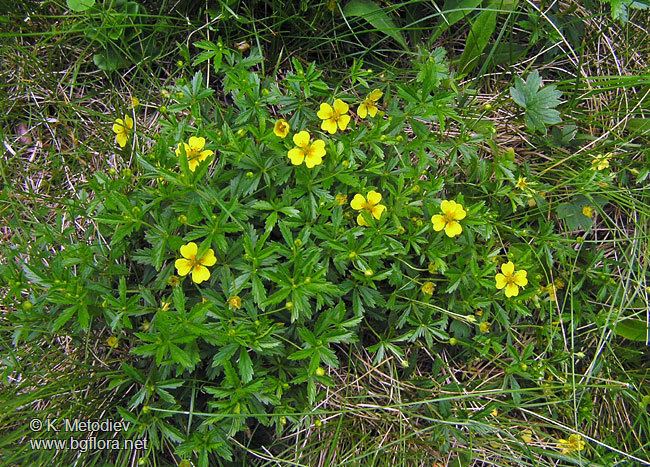 | ||
Similar Cinquefoil, Silverweed Cinquefoil, Menyanthes, Herb Bennett, Bistort | ||
How to identify tormentil potentilla erecta
Potentilla erecta (syn. Tormentilla erecta, Potentilla laeta, Potentilla tormentilla, known as the (common) tormentil, septfoil or erect cinquefoil ) is a herbaceous perennial plant belonging to the rose family (Rosaceae).
Contents
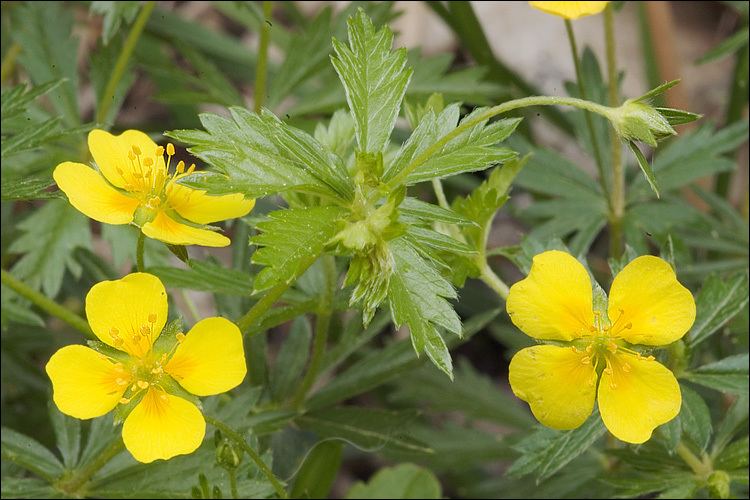
Characteristics
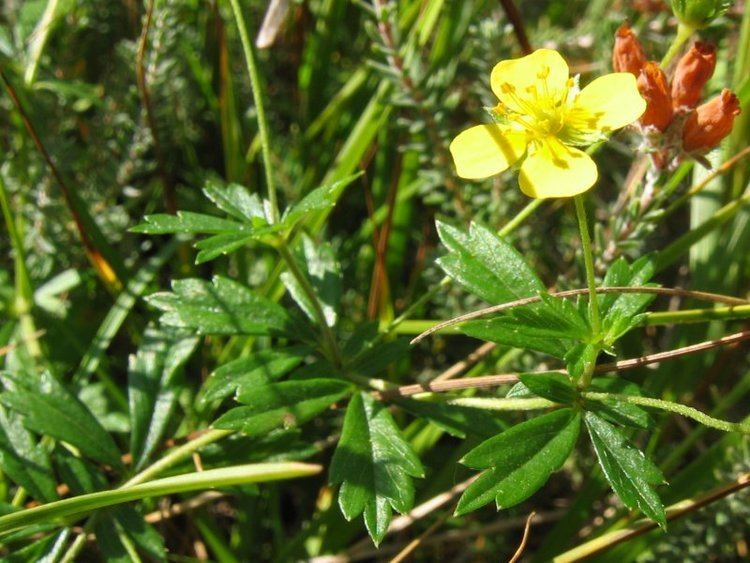
Potentilla erecta is a low, clump-forming plant with slender, procumbent to arcuately upright stalks, growing 10–30 centimetres (3.9–11.8 in) tall and with non-rooting runners. It grows wild predominantly in Scandinavia, Europe, and western Asia[1] mostly on acid soils in a wide variety of habitats, such as mountains, heaths, meadows, sandy soils and dunes.
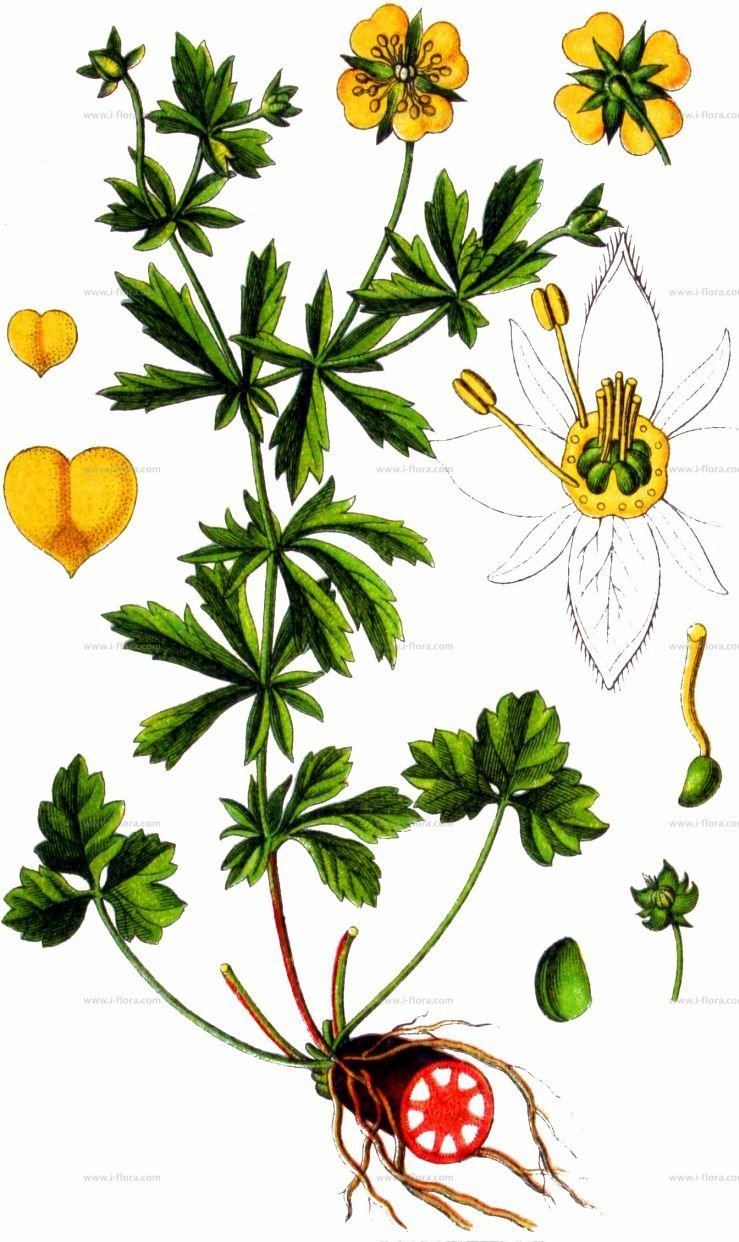
This plant is flowering from May to August/September. There is one yellow, 7–11 millimetres (0.28–0.43 in) wide flower, growing at the tip of a long stalk. There are almost always four notched petals, each with a length between 3 and 6 mm. Four petals are rather uncommon in the rose family. The petals are somewhat longer than the sepals. There are 20–25 stamens.
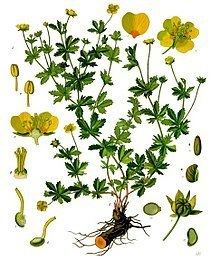
The radical leaves have a long petiole, while the leaves on the flowering stalks are usually sessile or with short petioles. The glossy leaves are alternate, ternate, consisting of three obovate leaflets with serrate margins. The paired stipules are leaflike and palmately lobed.
There are 2–8 dry, inedible fruits.
Distribution

Potentilla erecta is almost ubiquitous in the British Isles, recorded in almost all 10 km squares except close to the Wash[2] and is listed as a species of least concern It is very common in grasslands, heaths, moors and mountains, bogs including roadsides and pastures, mostly on acidic soils but avoiding chalk It is a component of British National Vegetation Classification community M25 (Molinia caerulea–Potentilla erecta mire).
Uses
The rhizomatous root is thick. It is inappropriate to be used for food due to extreme bitterness and low caloric value. It can be used as a vegetable dye to dye leather red.
The plant is particularly used in herbal medicine as an astringent because of its tannin content, which is unusually high for a herbaceous plant. This is linked to its use as a red dye, which is due to the structurally similar phlobaphene content. Phlobaphenes can be extracted from the root of the common tormentil and is known as tormentil red, alongside the triterpene alcohol tormentol. The plant has extremely low toxicity, which was studied by Sergei Shushunov and his team. The roots are a main ingredient of a bitter liqueur from Bavaria and the Black Forest area, called Blutwurz.
